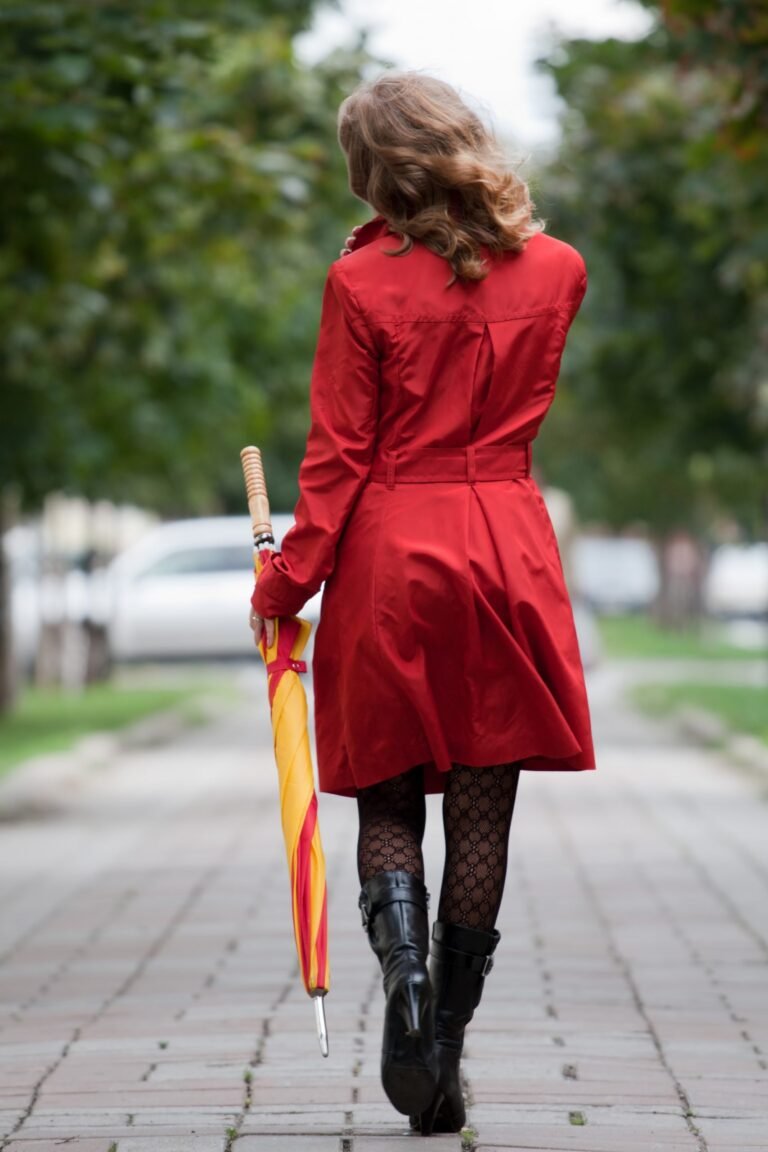There’s nothing fancy about it. Casual Walk.
Noo ticket needed.
No planning for weeks ahead.
No stress.
Just me, a good pair of shoes, and a wide-open space waiting to be explored.
A casual walk in the park might sound simple, but honestly, it’s one of the best things you can do for yourself.
Today, I’m sharing why that walk matters more than you think—and how to make the most of it.
Let’s get moving.
1. Why Parks Are Magical (Even If You Don’t Notice Right Away)
Parks aren’t just patches of grass with a few trees.
They’re little slices of nature stuck right in the middle of our busy lives.
When I step into a park, a few things always happen:
- The air smells fresher.
- The noise of the world fades a little.
- My shoulders drop. My breathing slows down.
Even a quick 20-minute walk can flip a bad day into a better one.
And you don’t need to climb mountains or travel across the world.
The magic is right there, maybe just a few blocks away.
2. What Makes A Park Walk So Good For You?
Here’s the truth—science backs this up.
A casual walk in the park does real things for your body and your brain:
- Lowers stress. Nature calms your brain.
- Boosts mood. Walking releases feel-good chemicals like endorphins.
- Improves focus. Even just looking at trees can sharpen your mind.
- Gives your body exercise. But without the pressure of a gym workout.
It’s like taking your brain to a spa and your body to the gym at the same time—without feeling like work.
3. How To Make The Most Of Your Walk (Trust Me, It Matters)
Walking sounds easy.
You just…walk, right?
But if you want to really get the good stuff out of it, a few little tips make a huge difference.
Pick The Right Time
Early morning or just before sunset is my favorite.
The sun is softer.
The park is quieter.
And honestly, the lighting makes everything feel a little more magical.
Bring the Right Shoes
Even for a casual walk, comfy shoes matter.
No flip-flops.
No stiff, heavy boots.
Just sneakers or walking shoes that feel good for a while.
Leave The Headphones (Sometimes)
I love music. I really do.
But once in a while, leave the headphones at home.
Listen to the birds.
The wind in the trees.
The crunch of gravel under your feet.
It’s crazy how much you notice when you’re not drowning it out.
Walk Slow or Fast (Whatever Feels Good)
Some days, I stroll so slow that grandmas with canes pass me.
Other days, I power-walk like I’m late for something.
Both are fine.
It’s your walk.
Your pace.
No rules.
Take a Different Path
Even if you go to the same park every time, switch it up.
Take the long way around.
Cut across a different field.
Follow a little trail you’ve never tried.
A new path keeps things fresh and exciting.
4. What You’ll Find On a Simple Walk
If you slow down and pay attention, parks are full of surprises.
Here’s what I often find:
Wildflowers
Tiny bursts of color along the edges of the trail.
Sometimes they’re planted.
Sometimes they just show up on their own.
Cool Animals
I’ve seen:
- Rabbits hopping through the grass
- Squirrels chasing each other
- Butterflies dancing over flowers
- Ducks chilling in a pond
Nature’s full of little wonders if you look.
Hidden Spots
Benches under shady trees.
Quiet corners with nobody around.
Old statues or memorials you never noticed before.
Every park has its secrets.
New People
You might meet a friendly dog walker.
Or an old couple feeding birds.
Or a runner who smiles and nods as they pass.
Parks are full of life, even when they feel peaceful.
5. Best Things to Bring on a Park Walk
You don’t need to pack a suitcase.
But a few smart items can make your walk even better:
Water Bottle
Stay hydrated, especially if it’s warm out.
Light Jacket
Even if it’s sunny, parks can get breezy.
Better to have a jacket tied around your waist just in case.
Simple Snacks
An apple.
A granola bar.
Some nuts.
A little snack break under a tree feels like a mini vacation.
Small Backpack
Toss your water, snack, phone, and jacket in there.
Hands-free is the way to go.
A Book or Journal
Find a quiet bench, pull out a book or journal, and soak up the park vibe for a bit.
It’s a simple pleasure most people forget.
6. Ways To Spice Up Your Walk (If You Want)
If plain old walking feels too boring some days, try this:
Nature Scavenger Hunt
Make a simple list before you go:
- Find a red flower
- Spot a squirrel
- See a butterfly
- Hear a bird call
Check them off as you walk!
Photo Walk
Bring your phone or camera and hunt for cool shots:
- Trees
- Reflections in ponds
- Little bugs on leaves
You’ll start seeing beauty everywhere once you’re looking for it.
Walk and Talk
Grab a friend or family member.
Take a walk and catch up.
Some of the best conversations happen when you’re walking side-by-side.
Speed Walk Challenge
Set a timer for 10 minutes and walk a little faster than normal.
It’s a fun way to sneak in some exercise without feeling like a workout.
7. Best Kinds of Parks for Casual Walks
Not all parks are the same.
Here are a few kinds I love for a good, casual walk:
City Parks
Right in the middle of busy cities, you can find patches of green to escape into.
Lots of paths, gardens, sometimes even fountains or cool sculptures.
Nature Reserves
A little more wild, a little less trimmed and neat.
You’ll get closer to real nature—trees, streams, wildflowers.
Lakeside Parks
Walking around a lake is peaceful and pretty.
Plus, you might spot ducks, geese, or even turtles!
Botanical Gardens
If you love flowers and trees, this is paradise.
Usually, there are walking trails with labels on plants, so you can learn a little too.
Neighborhood Parks
Even the small ones are worth it.
A little patch of trees and a path to wander is all you need sometimes.
8. Why A Walk In The Park Beats a Gym (Sometimes)
Gyms are great for heavy workouts.
But if you just need to move your body and clear your mind, parks win every time.
Here’s why:
- Fresh air beats sweaty gym air.
- You get sunlight and vitamin D.
- You see new things every time.
- It’s free!
Plus, you don’t need to psych yourself up to walk.
You just go.
No treadmill boredom.
No loud clanging weights.
Just you, your breath, and the open path ahead.
9. My Personal Favorite Park Walk Moments
Just to give you a peek:
- Watching the sunrise over the treetops while sipping coffee from a travel mug.
- Spotting a deer tiptoeing across a field early in the morning.
- Finding a tiny turtle crossing the path (yes, I helped him get across!).
- Sitting on a bench and feeling the warm breeze after a long walk.
- Catching the golden light of sunset filtering through the trees.
It’s the little moments that stick with you.
10. Final Thoughts: Why Everyone Needs A Casual Walk In The Park
You don’t have to be an “outdoorsy” person.
You don’t have to be a fitness nut.
U don’t have to spend a ton of money.
All you need is a little time and a willingness to show up.
A casual walk in the park gives you:
- Healthier body
- Clearer mind
- Happier heart
- And a fresh perspective on the simple joys of life
Noo pressure.
No goals to crush.
No expectations.
Just fresh air, open skies, and a path under your feet.
So what are you waiting for?
Tie your shoes, grab a bottle of water, and head out for a walk.
The park is waiting.
And trust me—you’ll be glad you went.
Thanks for walking with me today.
If you want, I can also share my “Perfect 30-Minute Park Walk Plan” to help you get started even easier.
Let me know!

